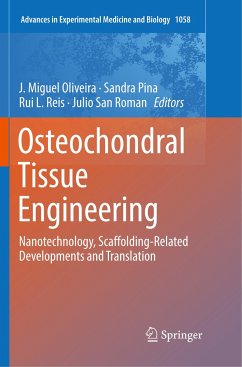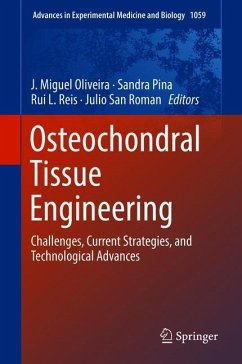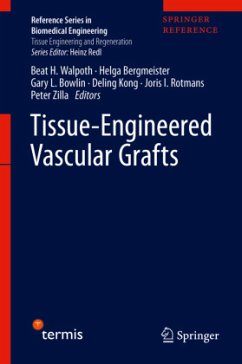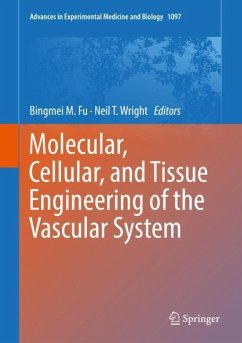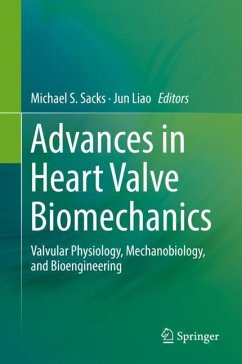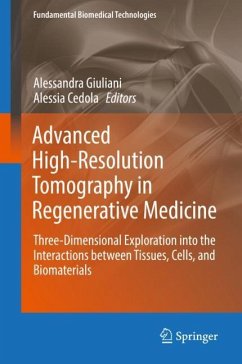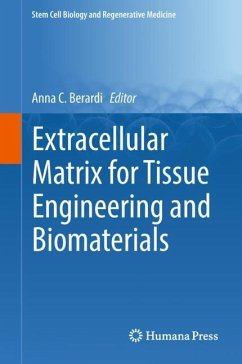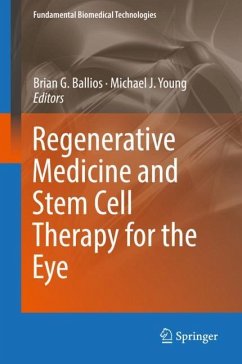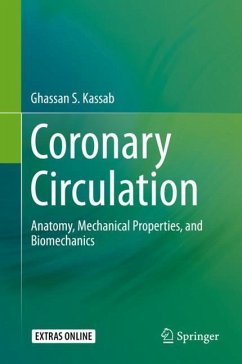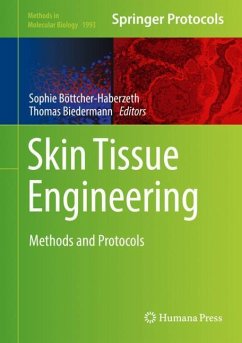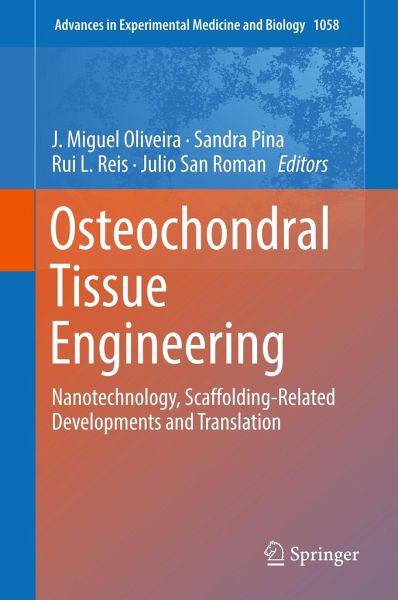
Osteochondral Tissue Engineering
Nanotechnology, Scaffolding-Related Developments and Translation
Herausgegeben: Oliveira, J. Miguel; Pina, Sandra; Reis, Rui L.; San Roman, Julio

PAYBACK Punkte
57 °P sammeln!
This book reviews the most recent developments in the field of osteochondral tissue engineering (OCTE) and presents challenges and strategies being developed that face not only bone and cartilage regeneration, but also establish osteochondral interface formation in order to translate it into a clinical setting. Topics include nanotechnology approaches and biomaterials advances in osteochondral engineering, advanced processing methodology, as well as scaffolding and surface engineering strategies in OCTE. Hydrogel systems for osteochondral applications are also detailed thoroughly. Osteochondra...
This book reviews the most recent developments in the field of osteochondral tissue engineering (OCTE) and presents challenges and strategies being developed that face not only bone and cartilage regeneration, but also establish osteochondral interface formation in order to translate it into a clinical setting. Topics include nanotechnology approaches and biomaterials advances in osteochondral engineering, advanced processing methodology, as well as scaffolding and surface engineering strategies in OCTE. Hydrogel systems for osteochondral applications are also detailed thoroughly. Osteochondral Tissue Engineering: Nanotechnology, Scaffolding-Related Developments and Translation is an ideal book for biomedical engineering students and a wide range of established researchers and professionals working in the orthopedic field.





